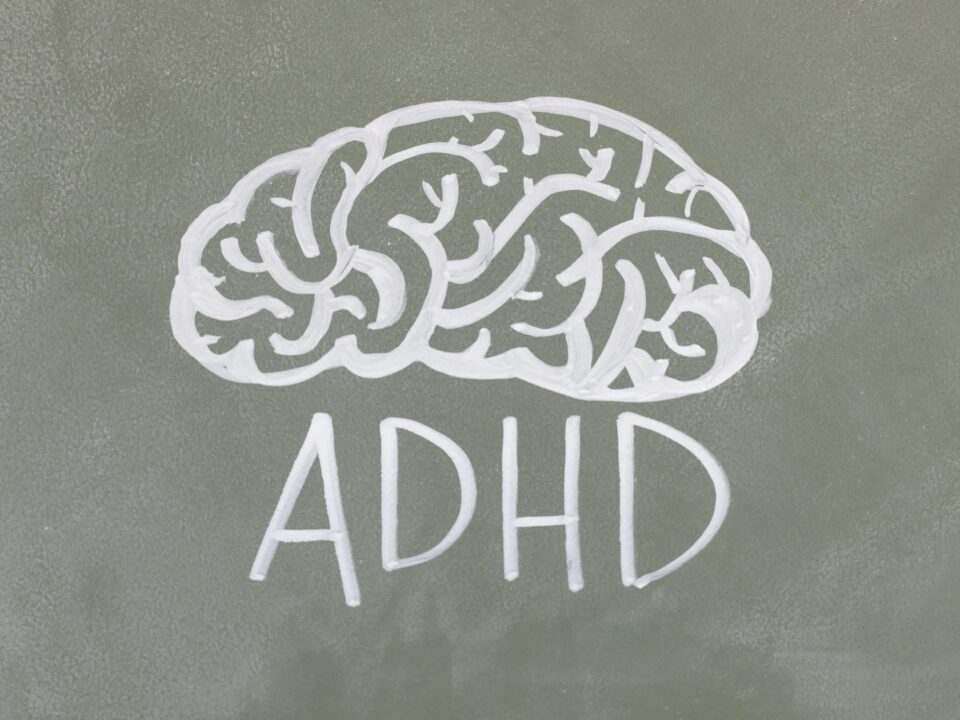Non Verbal Autism: What Is It?

Featured Image by Mikhail Nilov, Pexels.com
Blog post updated on 28th February 2022.
Non-verbal autism is when somebody with autism is unable to speak. Some reasons for this include people having ‘apraxia of speech’ or not having ‘developed the verbal language skills to speak.’
Differences between Verbal Autism and Non-Verbal Autism

Image by Jopwell, Pexels.com
Some differences between autism where people can talk, and non-verbal autism include autistic people who are able to talk having initial speech delay, talking about a topic of interest for a long time, having echolalia and struggling to continue a conversation with another person; and people with non-verbal autism only being able to communicate with hand gestures, sign language or PECS cards.
Another difference is that people with classic autism or Kanner’s autism are more likely to be non-verbal than those with high-functioning autism or Asperger syndrome. Since 2013, anyone who shows signs of any of these types of autism has been given the official diagnosis of autistic spectrum disorder (ASD).
How to Support People with Non-Verbal Autism

An example of a schedule made up of PECS cards. Image by David Slocombe.
One way to support children who have this is to create a picture schedule made up of Picture Exchange Communication System (PECS) cards. so that the non-verbal child knows what time of day it is and what activity they should be taking part in at a specific time.
Before helping a child create a picture schedule, it is worth teaching them how to associate illustrations or photographs with written words. For example, you can show the child a picture of a plate of food with cutlery and the word, “dinner,” written underneath it.
Another way to support non-verbal children is to teach them a type of sign language called Makaton, which has signs that represent ‘a core vocabulary of 450 words.’ Some good examples of videos that use Makaton include Makaton Nursery Rhymes Presented by Dave Benson Phillips (originally released on VHS in 1991 – it is now available on DVD, YouTube and Vimeo) and clips of Mr Tumble from the CBeebies programme Something Special (2003 – 2018) on YouTube.
A good way for both children and adults to learn Makaton is to watch videos on a YouTube channel called SingingHandsUK where the people in the videos use Makaton actions to indicate the lyrics in the songs.
Children can continue to use PECS cards and Makaton into adolescence and adulthood.
Ideal recreational activities for adults with non-verbal autism include writing or illustrating a book based on a topic of their choice; learning sign language that is more complex than Makaton; play with building blocks; walking or hiking; looking at illustrated books; and playing with kinetic sand. Non-verbal children with autism may also enjoy some of these activities.
Famous Autistic People Who Are Non-Verbal, Used to Be Non-Verbal, or Have Children with this Type of Autism

Image by Gobierno CDMX, commons.wikimedia.org
One famous person with this condition Indian author and poet Tito Rajarshi Mukhopadhyay, who wrote books about his experiences of living with it and had a BBC documentary made about him, and the Australian author Lucy Blackman.
Celebrities who were once non-verbal but are now able to talk are the artist Stephen Wiltshire (pictured), who was non-verbal until the age of 9, university professor Stephen Shore (not to be confused with the photographer of the same name) who was non-verbal until the age of 4, and autism activist Temple Grandin, who could not speak until she was 3 and a half years old.
One famous person who has children with this kind of autism is comedian Paddy McGuinness, whose twin children Penelope and Leo were “pretty much non-verbal” and “had no idea what was going on” at Christmas time with the over-stimulation of ‘Christmas lights, trees, decorations and music.”
Take our online autism test for adults to find out if you have any neurodivergent traits.




